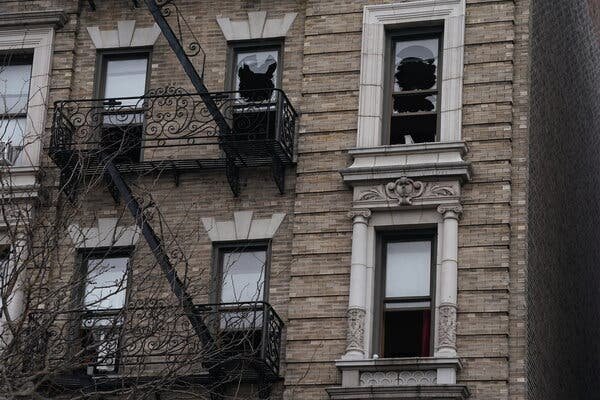Mayor Eric Adams declared a drought warning in New York City due to historically dry conditions. The upstate reservoirs providing the city’s drinking water are at 60% capacity, well below normal. The lack of rain has led to an increased risk of fires, prompting measures to conserve water and reduce fire hazards. The Department of Environmental Protection postponed work on the Delaware Aqueduct due to the dry spell. Residents are urged to conserve water, be mindful of fire risks, and take precautions against smoke from local fires.
Mayor Eric Adams declared a drought warning in New York City due to persisting historically dry conditions. This announcement comes as upstate reservoirs providing the city’s drinking water are at only 60% capacity, a significant 24% below normal levels. The lack of rain over the past months has resulted in more than 8 inches less precipitation compared to the average, exacerbating the water shortage.
The declaration of a drought warning signifies an escalation from the initial drought watch issued at the beginning of November. This warning prompts city agencies to implement water-saving measures to mitigate the risk of a full-blown drought emergency, which would entail mandatory restrictions on water usage. The decision to move between these stages is based on reservoir levels, weather forecasts, and water consumption patterns of New Yorkers.
Various city agencies have outlined plans to conserve water resources in response to the drought warning. The Metropolitan Transportation Authority (MTA) will reduce the frequency of washing buses and trains and prioritize repairing leaks in tunnels and stations. The Department of Health and Mental Hygiene will engage with restaurants to promote water conservation practices, while the Department of Parks and Recreation will restrict water use for fountains.
Dry and windy conditions not only contribute to the water scarcity issue but also raise concerns about the heightened risk of fires. The Fire Department has already responded to over 300 brush fires in recent weeks in parks across the city. Climate data indicates that the coastal New York region is experiencing more warm, dry, and windy days annually compared to previous years, further increasing the fire hazard.
To combat the fire threat, officials have urged residents to adhere to the ban on grilling in parks, conserve water by taking shorter showers, reporting leaky fire hydrants, flushing toilets only when necessary, and avoiding power-washing driveways. Additionally, the Fire Department has established a Brush Fire Task Force to address fires promptly and share firefighting best practices.
The ongoing drought has forced the Department of Environmental Protection to pause the repair work on the Delaware Aqueduct, a crucial water source for the city. This project aimed to fix a leak that wasted 35 million gallons of water daily, but due to the dry conditions, the aqueduct’s water supply is now required more urgently. The repair work may resume in October, depending on weather conditions and water consumption patterns.
Residents, as well as businesses, are encouraged to participate in the DEP’s leak notification program to receive alerts about abnormal water usage. The impact of local brush fires on air quality and health can be mitigated by following precautions such as closing windows, using air purifiers, avoiding intense physical activity, and wearing masks to reduce exposure to smoke.
In conclusion, Mayor Adams’ declaration of a drought warning underscores the critical need for water conservation efforts in New York City amidst the ongoing dry spell. Collaboration between city agencies, residents, and businesses is essential to minimize water wastage, prevent fires, and safeguard public health during this challenging period.
Source: TheCity.NYC









